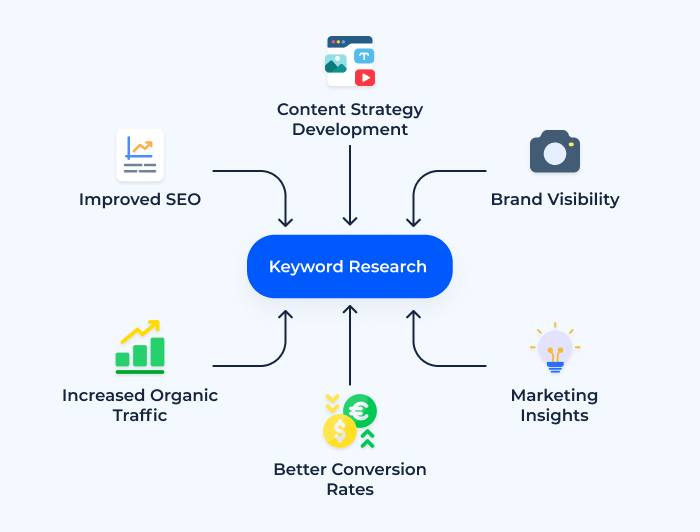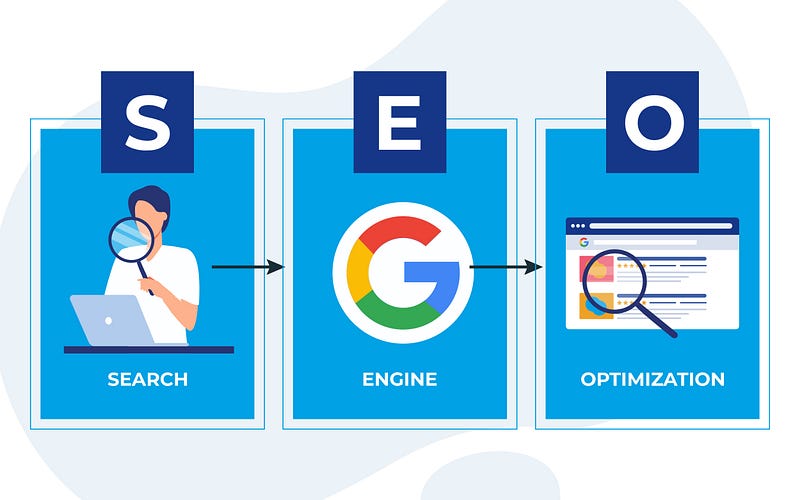In the ever-evolving digital landscape, optimizing your website for search engines is no longer...
Achieving Long-Term Results with SEO-Based Content

In the world of digital marketing, achieving long-term success requires a strategic approach to content creation and optimization. SEO-based content is a powerful tool that not only attracts immediate traffic but also builds a sustainable online presence over time. Here’s how you can use SEO-based content to achieve lasting results.
1. Start with Comprehensive Keyword Research
The foundation of SEO-based content is thorough keyword research. Begin by identifying keywords that are relevant to your industry and target audience. Use tools like SEMrush, Ahrefs, or Google’s Keyword Planner to find keywords with a good balance of search volume and competition. Focus on long-tail keywords, as they often have lower competition and can attract highly targeted traffic.
2. Create Evergreen Content
Evergreen content refers to content that remains relevant and valuable over a long period. This type of content is crucial for achieving long-term SEO success, as it continues to attract traffic long after it’s published. Topics like “How to Start a Blog,” “SEO Best Practices,” or “Guide to Content Marketing” are examples of evergreen content. Make sure your content is comprehensive, well-researched, and provides actionable insights.
3. Optimize On-Page SEO Elements
On-page SEO is essential for making your content easily discoverable by search engines. Ensure that your content includes primary and secondary keywords naturally, without keyword stuffing. Use descriptive and keyword-rich titles, meta descriptions, and headers. Additionally, optimize your images with alt text and ensure your URLs are clean and descriptive. These elements help search engines understand the content of your pages and improve your chances of ranking higher in search results.
4. Build Quality Backlinks
Backlinks, or inbound links from other reputable websites, are a critical component of SEO. They signal to search engines that your content is valuable and trustworthy. To build quality backlinks, consider guest blogging, collaborating with influencers, or reaching out to industry publications. Creating shareable content like infographics, videos, or comprehensive guides can also attract natural backlinks.
5. Focus on User Experience
User experience (UX) plays a significant role in SEO. A website that is easy to navigate, mobile-friendly, and fast-loading is more likely to retain visitors and reduce bounce rates. Ensure that your content is well-organized, with clear headings, subheadings, and bullet points. Use engaging visuals and interactive elements to enhance the user experience. A positive UX can lead to higher engagement rates, which in turn can improve your SEO rankings.
6. Regularly Update and Repurpose Content
SEO is not a set-it-and-forget-it strategy. To maintain long-term success, regularly update your content to reflect the latest industry trends, data, and insights. This not only keeps your content relevant but also signals to search engines that your site is active and up-to-date. Additionally, consider repurposing content into different formats, such as turning a blog post into a video or infographic. This can help you reach new audiences and extend the life of your content.
7. Monitor Performance and Adapt Strategies
Finally, consistently monitor the performance of your SEO-based content. Use tools like Google Analytics and Search Console to track metrics such as organic traffic, bounce rate, and conversion rate. Analyze which content performs best and identify areas for improvement. SEO is an ongoing process, and adapting your strategies based on data and changing algorithms is key to achieving long-term results.
By focusing on these strategies, you can build a robust and sustainable SEO-based content plan that delivers long-term results. Remember, success in SEO is not achieved overnight; it requires patience, consistency, and a willingness to adapt and evolve.


